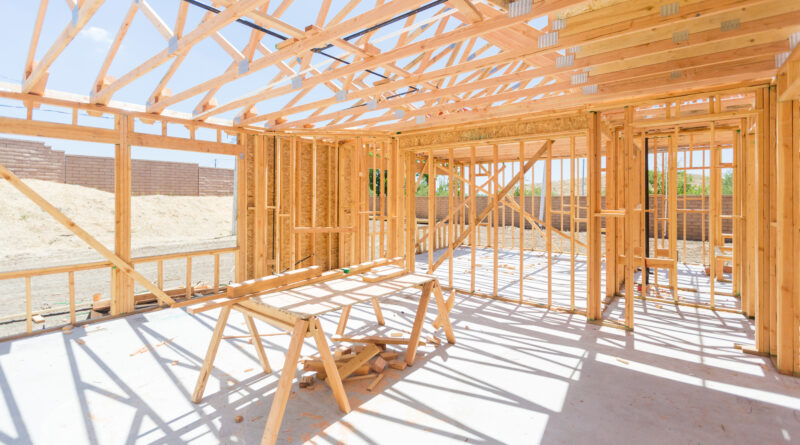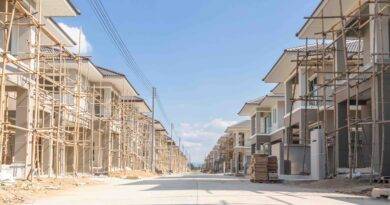U.S. Homebuilders Embrace Strategies to Preserve Capital and Meet Demand More Efficiently
The initial phase of any fresh real estate venture, be it a modern shopping complex or an expansive technology hub, begins with securing land. This aspect is frequently misunderstood within our shared environment.
In the realm of residential development, land holds paramount importance. Economists frequently highlight a deficit of at least one million homes in the United States, stemming from significant underdevelopment in the years following the Global Financial Crisis. The construction of homes failed to keep pace as millennials, the largest demographic group, reached adulthood, started families, and sought housing. Consequently, homebuilders are continually striving to enhance efficiency to address this shortfall.
According to Urban Land, many publicly traded homebuilders are now using a “land light” strategy, working with third-party land asset owners to identify opportunities in the path of growth, and studying migration patterns, development, and economic vitality. In doing so, they take possession of the land as “just-in-time” inventory and keep their capital focused on building more efficiently and expanding market share.
With nearly 45 years of experience and more than 90,000 acres (36,400 ha) in land holdings, Walton Global has been at the forefront of this strategy, partnering with the country’s largest homebuilders to ensure that once they take ownership, they can quickly develop and, more importantly, sell homes.
Historically, homebuilders carried the liability of raw and untitled land on their balance sheets for several years before even breaking ground. They now have access to a healthy pipeline of assets in desirable locations, allowing them to be closer to realizing a return on their investment in far less time—something Wall Street values. The percentage of land assets homebuilders have under option contracts continues to increase year over year.
Perhaps 90 percent of existing homeowners have a mortgage rate at or below 5 percent, motivating them to stay put. With the resale market down nearly 50 percent, increased new home inventory provides first-time homebuyers, many in the millennial and Gen Z demographics, a greater chance to purchase their first home.



